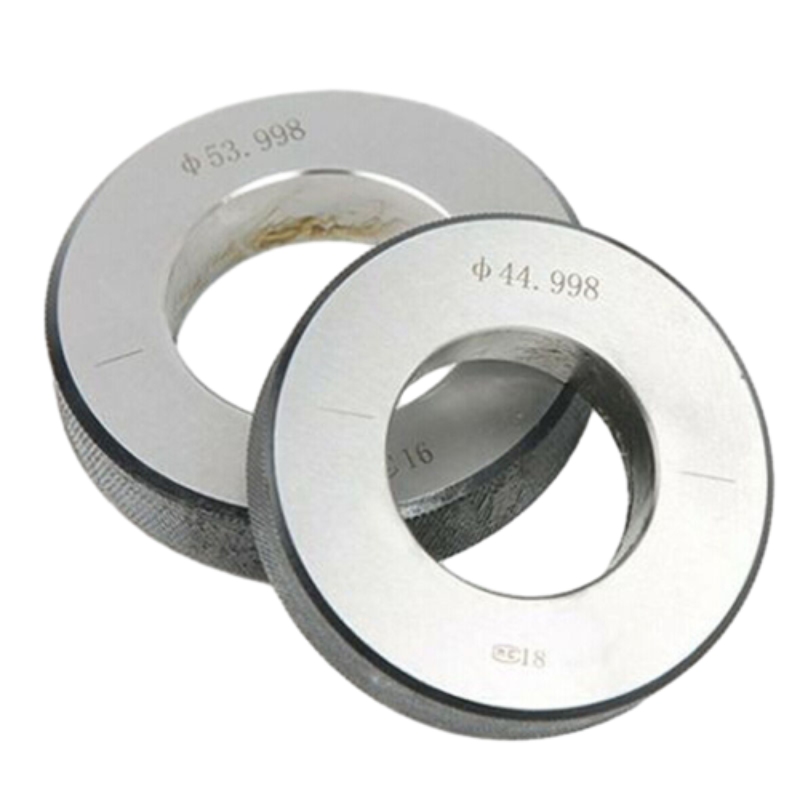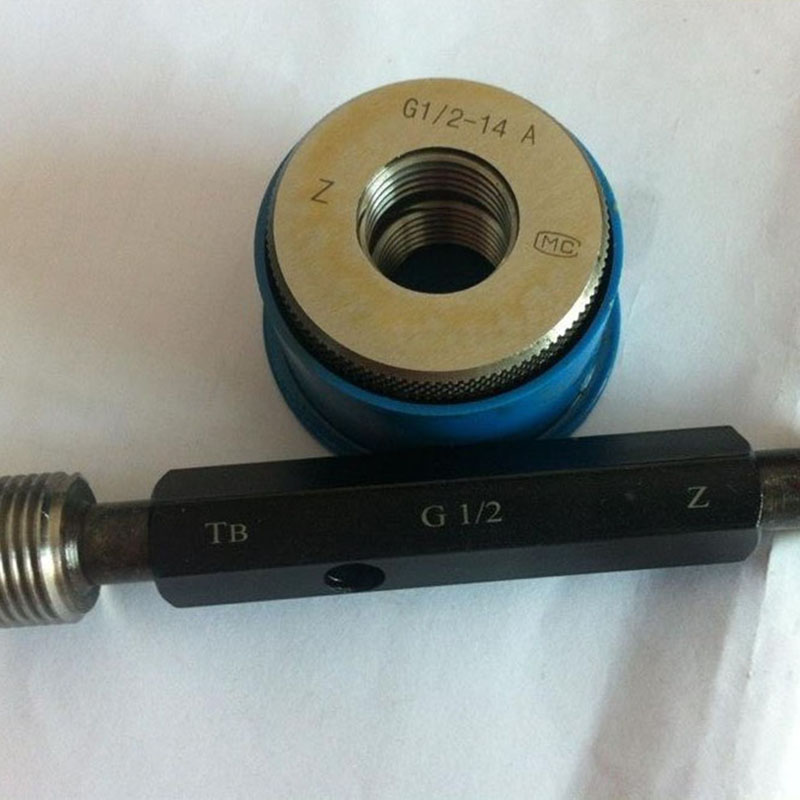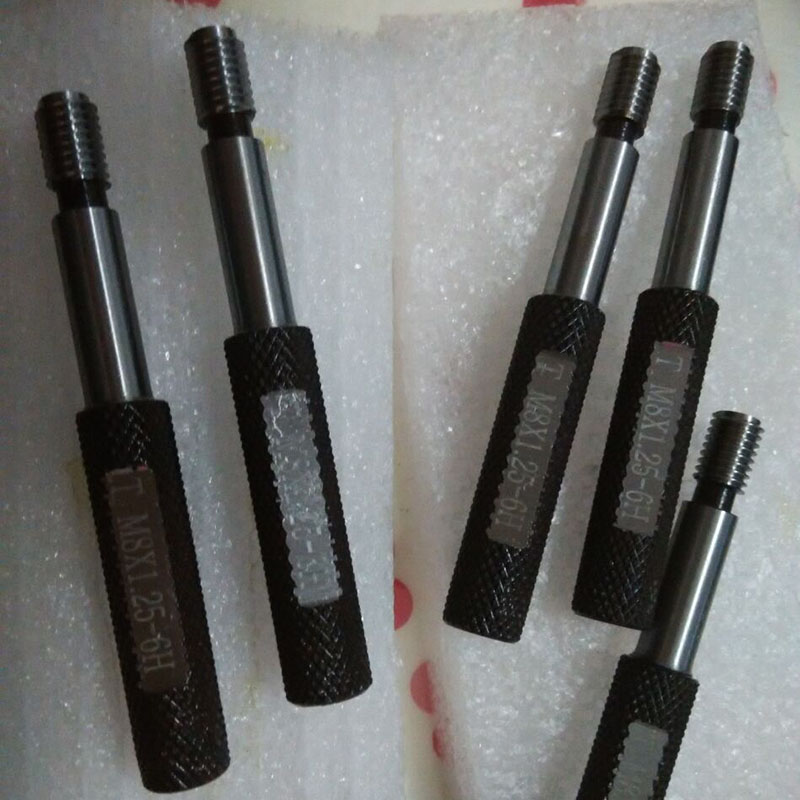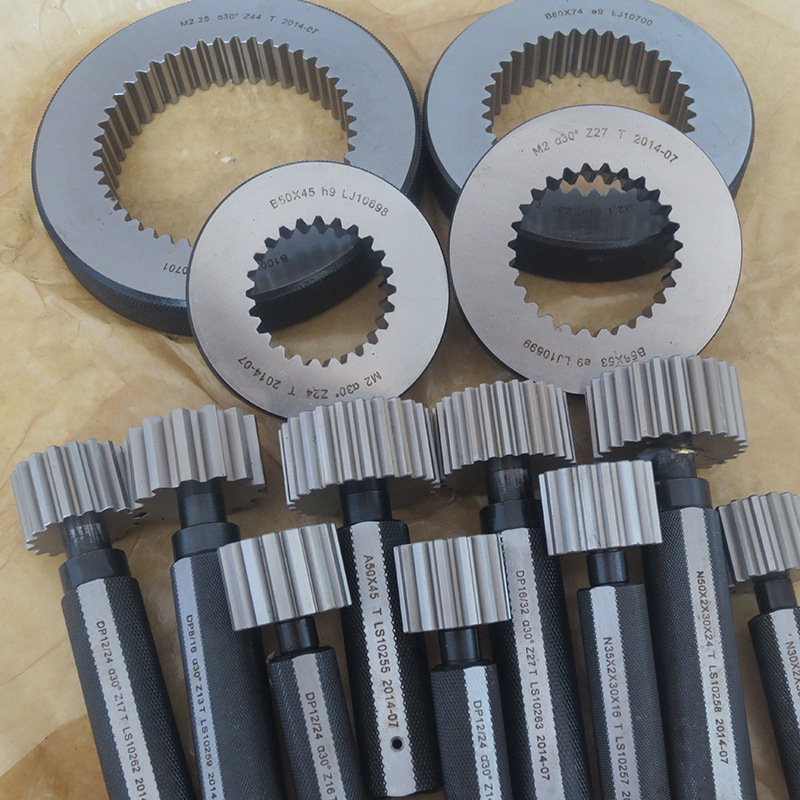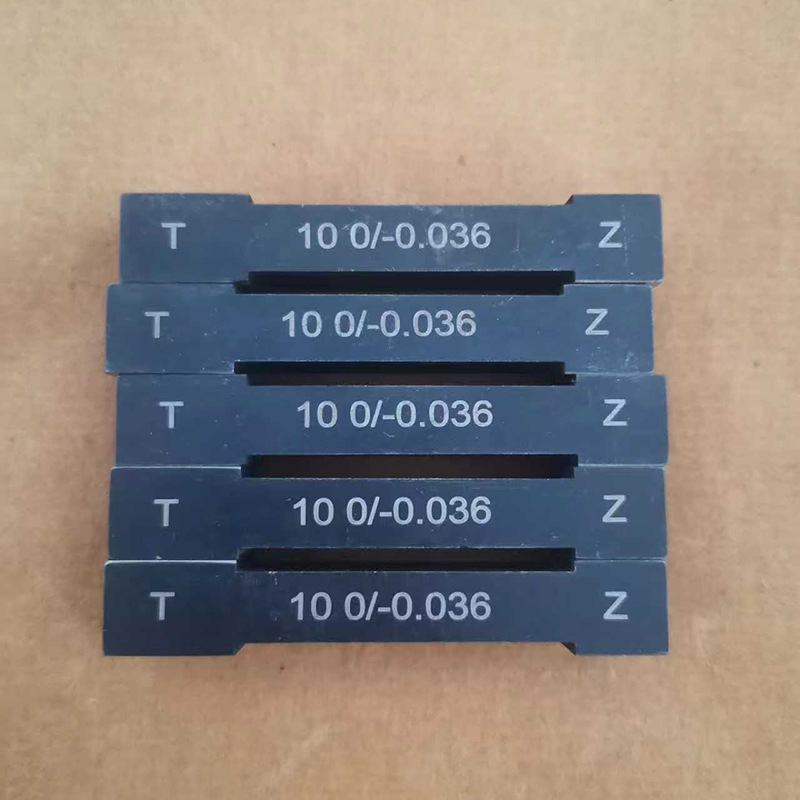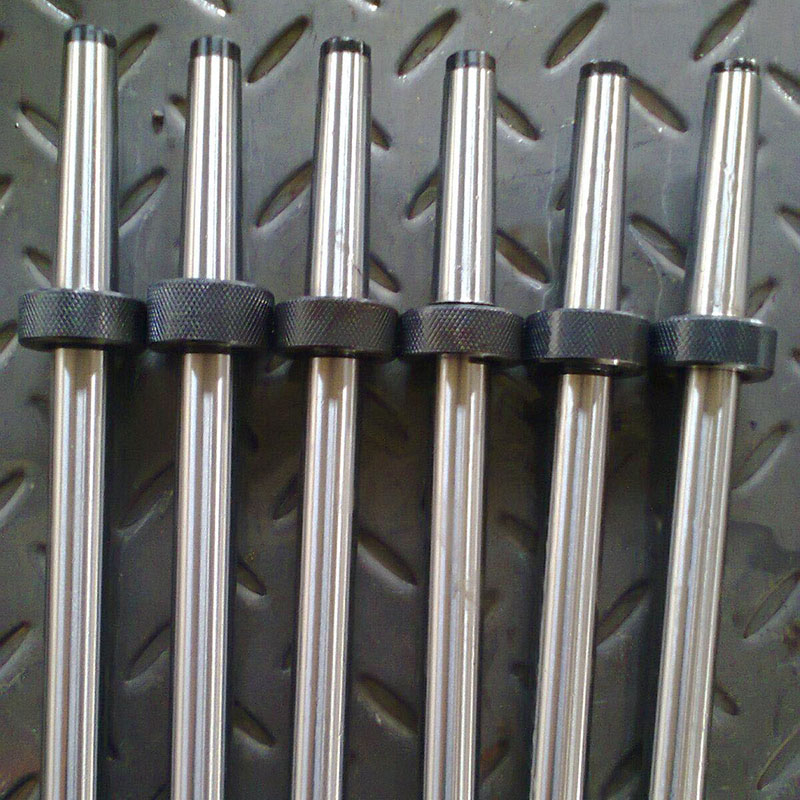Plug Gauge
Plug gauges are indispensable tools in precision engineering, offering unparalleled accuracy and reliability for inspecting the dimensions of holes and bores. Whether sourced from trusted suppliers offering plug gauges for sale or custom-designed by a reputable snap gauges manufacturer, these instruments ensure components meet strict tolerances, a critical requirement in industries like automotive, aerospace, and manufacturing. A plain plug gauge is particularly valuable for measuring the internal diameters of machined parts, providing a straightforward pass/fail result that eliminates ambiguity and ensures efficient quality control. Their robust construction and precise calibration make them ideal for high-repetition use, reducing wear and tear while maintaining accuracy over time. Additionally, plug gauges streamline inspection processes, allowing manufacturers to achieve faster production cycles without compromising precision. Combining reliability, durability, and ease of use, plug gauges are a must-have for any operation aiming to uphold rigorous quality standards in production.
Types of Plug Gauge
Plug gauges for sale come in various types, each tailored to specific measurement needs, ensuring precision in diverse industrial applications. The most common types include plain plug gauges, taper plug gauges, thread plug gauges, and go/no-go plug gauges, each serving distinct purposes in quality control and dimensional inspection.
Plain plug gauges are widely used to measure the internal diameters of smooth, cylindrical holes. They are straightforward, offering either a pass or fail outcome, ensuring that components meet the required tolerances. These gauges are ideal for general-purpose applications, particularly in the automotive and manufacturing sectors.
Taper plug gauges are specifically designed to measure tapered holes, commonly found in applications requiring precision alignment or fitting. These gauges ensure that the taper angle and dimensions conform to design specifications, critical in areas like pipe fitting and fluid mechanics.
Thread plug gauges are essential for checking the accuracy of internal threads in nuts, bushings, and similar components. They come in two parts: the "go" side verifies that the thread is within maximum tolerance, while the "no-go" side ensures it doesn’t exceed the minimum tolerance.
Go/no-go plug gauges are versatile tools that combine two gauges in one. The "go" end checks if the hole meets the minimum acceptable dimension, and the "no-go" end ensures it doesn’t exceed the maximum. This dual functionality simplifies inspections and improves efficiency.
These various types of plug gauges, available from specialized Storen snap gauge manufacturers, enable precise and reliable measurements across industries, ensuring consistent quality and adherence to specifications. Selecting the right plug gauge depends on the specific application, material, and level of precision required.
Taper Gauge Function
A taper gauge is a precision tool used to measure the dimensions of tapered spaces, gaps, or internal bores in mechanical components. It is especially valued for its ability to provide accurate readings in scenarios where conventional gauges or calipers might struggle. The primary function of a taper gauge is to assess the width or diameter of a taper, typically ranging from narrow to wider ends. This is crucial in industries such as machining, automotive, and manufacturing, where precise taper measurements are necessary to ensure components fit together seamlessly or operate efficiently.
Taper gauges are particularly useful in determining the depth of grooves or the clearance in narrow gaps. For instance, in assembly work or maintenance, they help verify that a tapered part, such as a cone-shaped bore or spindle, matches its mating component, reducing the risk of misalignment or operational failure. The gauge’s tapered blade or design allows it to slide smoothly into the measured area, offering a quick and reliable way to check tolerances.
In addition to their practical measurement applications, taper gauges are essential for quality control processes. They ensure consistency in the manufacturing of parts with precise tapers, helping businesses maintain high-quality standards. These gauges are also user-friendly, requiring minimal training, and can be made of durable materials like stainless steel to withstand heavy industrial use. Ultimately, the taper gauge’s function goes beyond simple measurement; it plays a vital role in optimizing the performance, safety, and longevity of machined components.
What Is the Plug Gauge Used For?
In the realm of industrial manufacturing and quality control, precision is paramount. One of the essential tools utilized to ensure accuracy in dimensions is the plug gauge. This specialized measuring instrument serves a critical function in assessing the sizes and tolerances of holes and openings in various components.
A plug gauge is primarily used to check the internal dimensions of holes to confirm whether they meet specified tolerances. It generally comes in two varieties: the go gauge and the no-go gauge. The go gauge is designed to fit into the hole, indicating that the hole's dimensions are acceptable. Conversely, the no-go gauge is meant to not fit into the hole; if it does, it signifies that the hole is out of tolerance. This dual function allows quality control inspectors to quickly ascertain whether parts adhere to engineering specifications.
Plug gauges are made from high-quality, durable materials to ensure their longevity and accuracy over time. They are finely machined and calibrated, allowing for minimal variation in measurement, which is vital in maintaining consistency across production processes. Industries that frequently use plug gauges include aerospace, automotive, and machinery manufacturing, where precise measurements can significantly impact the performance and safety of products.
In summary, the plug gauge is an indispensable tool for quality assurance in the manufacturing sector. By enabling accurate measurement of internal dimensions, it plays a critical role in ensuring that components fit together as designed. Whether in a large-scale production environment or a small workshop, understanding and effectively utilizing plug gauges can lead to significant improvements in product quality and operational efficiency. For anyone engaged in manufacturing, mastering the use of a plug gauge is a fundamental skill that ensures adherence to the highest standards of excellence.
What Is the Difference Between Plug Gauge and Pin Gauge?
Plug gauges and pin gauges are both precision measurement tools, but they serve distinct purposes and differ in design, application, and functionality. Understanding these differences is essential for selecting the right tool for a specific inspection task.
Plug Gauge:
A plug gauge is a cylindrical tool designed to inspect the internal dimensions of holes, bores, or slots. Typically used for go/no-go measurements, a plug gauge verifies whether a part meets specified tolerances by determining if it fits within the acceptable dimensional range. Plug gauges are available in various types, such as plain plug gauges, taper plug gauges, and threaded plug gauges, each tailored for specific applications. They are robust, easy to use, and ideal for high-precision industries like automotive or aerospace manufacturing.
Pin Gauge:
Pin gauges, on the other hand, are smaller cylindrical pins that come in sets and are used for precise dimensional measurements, including the size and roundness of holes. Unlike plug gauges, pin gauges are not primarily designed for go/no-go testing. Instead, they provide exact measurements by inserting different pin sizes into a hole until a snug fit is achieved. Pin gauges are commonly used in tool and die shops, calibration labs, and industries where ultra-precise measurements are crucial.
Key Differences:
The primary distinction lies in usage. Plug gauges offer a binary pass/fail result, simplifying the inspection process, while pin gauges provide detailed dimensional data, allowing for precise measurements of features. Plug gauges are typically more robust and suited for repetitive inspections, while pin gauges are delicate and better for detailed evaluations. Both tools are indispensable in quality control but are chosen based on the level of precision and type of inspection required.


